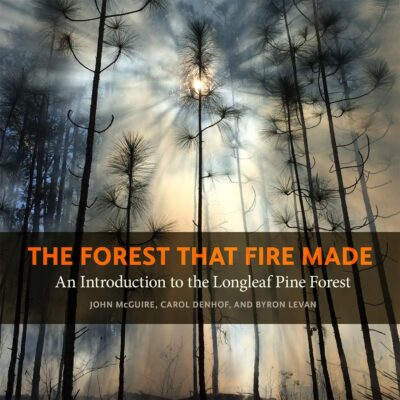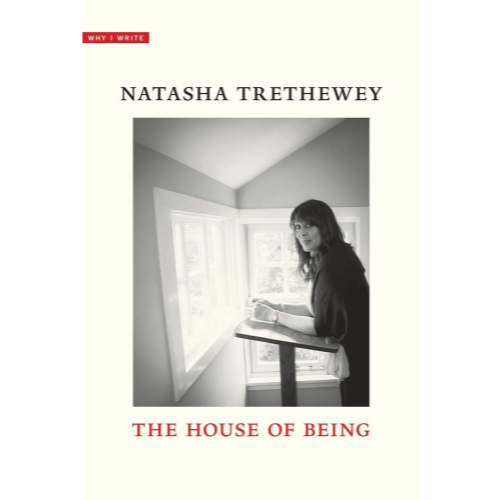The Forest That Fire Made: An Introduction to the Longleaf Pine Forest
By John McGuire, Carol Denhof, and Byron Levan; foreword by Rhett Johnson
University of Georgia Press, 2023
Paper: $34.95
Reviewed by Cindy Ragland
 We often disregard the value of an introduction, until we find ourselves in unfamiliar territory.
We often disregard the value of an introduction, until we find ourselves in unfamiliar territory.
For decades most of the publications on longleaf pine and its ecosystem have been peer-to-peer, with the notable exception of Janisse Ray’s Ecology of a Cracker Childhood. As a long-time practitioner in longleaf management and restoration, I appreciate the professional scientific and management perspective. In fact I often clung to it, devouring the detailed information hoping for guidance. Many of us with the privilege of stewarding, for a brief moment in time, the redirection of the longleaf forest were often perplexed with the challenge of applying management techniques on a reduced landscape. The inspiring thing about the longleaf forest is that its diversity evolved, shifted, transformed, and morphed its way across its 191-million-acre domain. What a fascinating system this must have been! The Forest That Fire Made is an inviting introduction to the diversity and nuances of the longleaf ecosystem. It does exactly what an introduction is supposed to do: entices you to want to learn more.
Today, with a much-reduced longleaf ecosystem, the newcomer is forced to explore the varied landscapes where we are fortunate to have patches of relic trees and hopeful places supporting the next generation of longleaf trees. The Forest That Fire Made is an excellent field guide to this exploration. The detailed photography and species descriptions provide insight into the vast flora and fauna of the longleaf system. The book helps the reader, and explorer, find perspective in the various conditions that the longleaf forest exists. Both the decline and the recovery of longleaf can be simultaneously understood.
As our landscape and culture become more urbanized, the challenge of introducing people to native functioning environments becomes more daunting. It is difficult to grasp what is missing and what gives a system its functionality if you do not have a guide or interpreter. The Forest That Fire Made can be that guide. It is an excellent interpreter, but more so, if you want to really understand the ecosystem, it presents its vast diversity in such a way that a curious explorer must ask “what’s missing?” and “can we get it back?”
The Forest That Fire Made comes at a perfect time as more people are exploring nature through outdoor recreation. In the longleaf system, there are many different experiences, from an easy bike ride along the sandy roads of the lower coastal plain to climbing rock outcrops of the montane longleaf. Having this book to guide experiences for a new generation of explorers can provide them with the foundation of knowledge of what is around them. As this next generation of outdoor enthusiasts, and hopefully conservation leaders, explore the longleaf ecosystem perhaps they can advocate for functional ecosystems to recreate in – not just green spaces. In the title, The Forest That Fire Made, we find our greatest challenge: if fire made it, then we are going to have to have fire to keep it.
A beautiful book at an important time!
Cindy Ragland is the director of the Alabama Trails Foundation and a retired forester with the USDA Forest Service.






Leave A Comment
You must be logged in to post a comment.